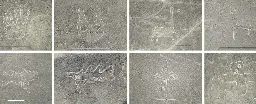Archeology
- hub.jhu.edu Evidence of oldest known alphabetic writing unearthed in ancient Syrian city
Findings suggest alphabetic writing may be some 500 years older than other discoveries
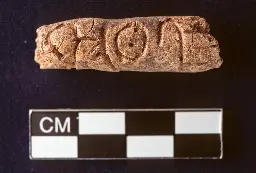
- getcoai.com Hundreds more ancient Nazca lines discovered in Peru thanks to AI - CO/AI
Japanese researchers deploy AI and drones to discover 303 new Nazca Lines in Peru's desert, nearly doubling the total count of known geoglyphs in just six months.
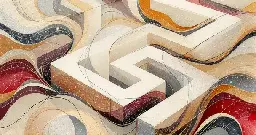
- www.nationalgeographic.com Why did Neanderthals and humans bury their dead? Scientists have a new theory.
The two species began burying their dead at roughly the same time and place. Now some archaeologists think competition may have played a role in burials.
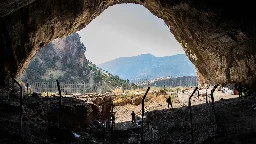
- hackaday.com Mammalian Ancestors Shed Light On The Great Dying
As we move through the Sixth Extinction, it can be beneficial to examine what caused massive die-offs in the past. Lystrosaurus specimens from South Africa have been found that may help clarify wha…

- www.sciencealert.com Mysterious King Arthur Monument Found to Be Over 5,000 Years Old
An analysis on the soil at an ancient site in the UK linked to King Arthur has found construction isn't likely to be medieval after all, having sat buried beneath the ground for thousands of years.

- www.sci.news 15,800-Year-Old Engraved Plaquettes Shed Light on Paleolithic Fishing Techniques | Sci.News
Scientists from the Leibniz Zentrum für Archäologie and Durham University have examined a collection of 406 engraved schist plaquettes found at the Magdalenian site of Gönnersdorf in Germany.
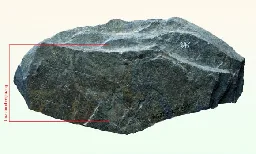
https://www.eurekalert.org/news-releases/1063363
- www.livescience.com Pompeii victims aren't who we thought they were, DNA analysis reveals
An ancient-DNA analysis of victims in Pompeii who died in Mount Vesuvius' eruption reveals some unusual relations between the people who died together.
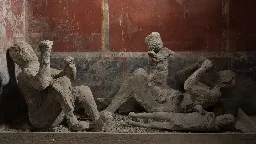
- www.sciencealert.com Neanderthals Buried Their Dead, But In Strangely Different Ways
Early Homo sapiens and their Neanderthal cousins started burying their dead around the same time and roughly the same place, some 120,000 years ago.
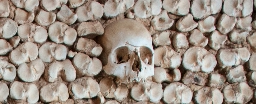
- interestingengineering.com 3,500-year-old rare, Bronze Age tool discovered at Arne Moors site
A rare 3,500-year-old wooden spade has been uncovered at Dorset’s Arne Moors by Wessex Archaeology.
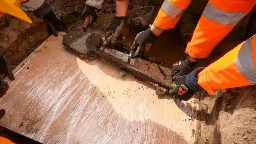
- www.businessinsider.com Archaeologists found Viking skeletons over 1,000 years old buried with a crystal and other treasures. They're improving our understanding of how wealthy Vikings once lived.
Vikings were well-traveled, as shown by 50 skeletons found in Denmark. Their graves contained goods from other lands, suggesting international trade.
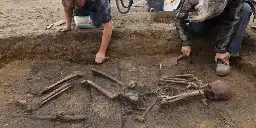
- interestingengineering.com 6,000-year-old longhouse site with wealth of artifacts found in Poland
Archaeologists unearthed a 6,000-year-old longhouse, revealing the presence of not one, but two distinct Neolithic cultures.
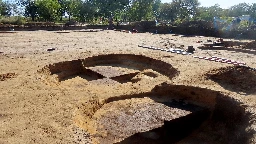
- newatlas.com Ancient 'sea Roomba' tells a 555-million-year-old story of our evolution
A surprise discovery in a remote Australian desert region has given us new clues into the evolution of complex animal life, dating back more than 500 million years. The numerous fossils of the animal now known as Quaestio simpsonorum also show clear left-right asymmetry, concrete evidence of when…
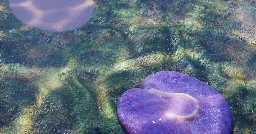
- www.businessinsider.com A 2,000-year-old temple is being restored to its original spectacular colors, adding new meaning to its ancient Egyptian inscriptions
Take a look at how experts are restoring the Temple of Horus to its original colors from over 2,000 years ago atop tall scaffolds.
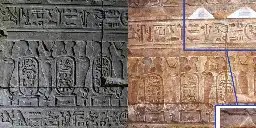
Paywall? NO!! Use Yesscript and prevent javascript on the page et voilà
- arstechnica.com Archaeologists found an ancient Egyptian observatory
Expedition leader: “Everything we found shattered our expectations.”…
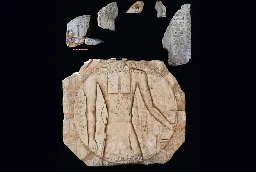
- www.sapiens.org The Distant Origins of a Stonehenge Stone
In an astonishing new finding, scholars discover that Stonehenge’s giant Altar Stone came from northeast Scotland.

- www.cnet.com The Dinosaur Age Ended With Not One, but Two Asteroid Impacts, Scientists Say
The Nadir crater is the impact site of the second asteroid, liquifying the rock and launching a tsunami into the Atlantic ocean.
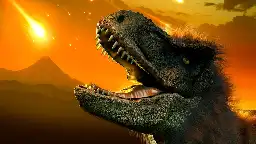
- www.sci.news New Tyrannosaur Species Unearthed in Mexico: Labocania aguillonae | Sci.News
Paleontologists have announced the discovery of a new species in the tyrannosaurid dinosaur genus Labocania, based on a partial skeleton found in Coahuila, Mexico.
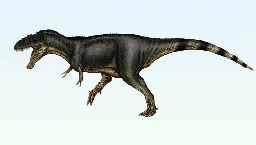
- www.sciencealert.com Hundreds of Mysterious Nazca Glyphs Have Just Been Revealed
This could finally explain their purpose.
